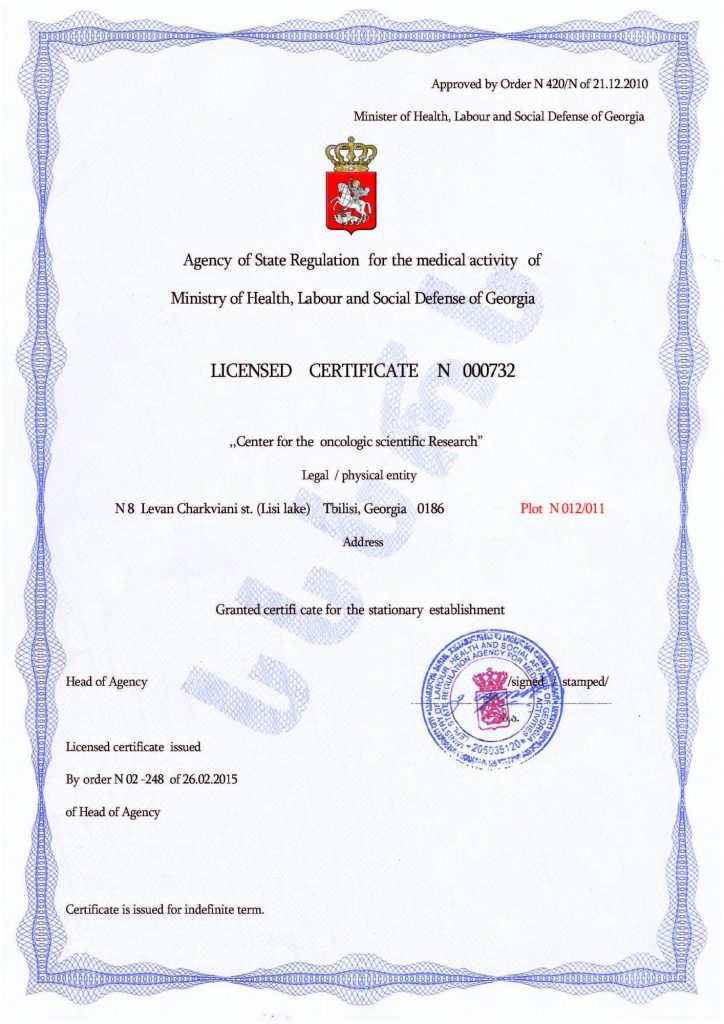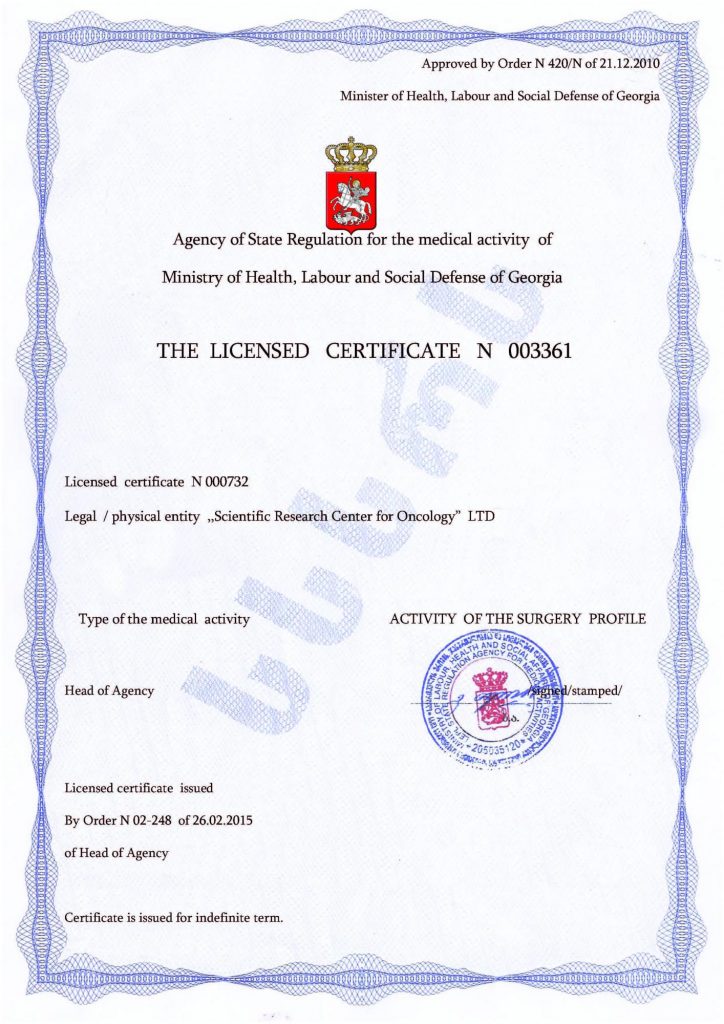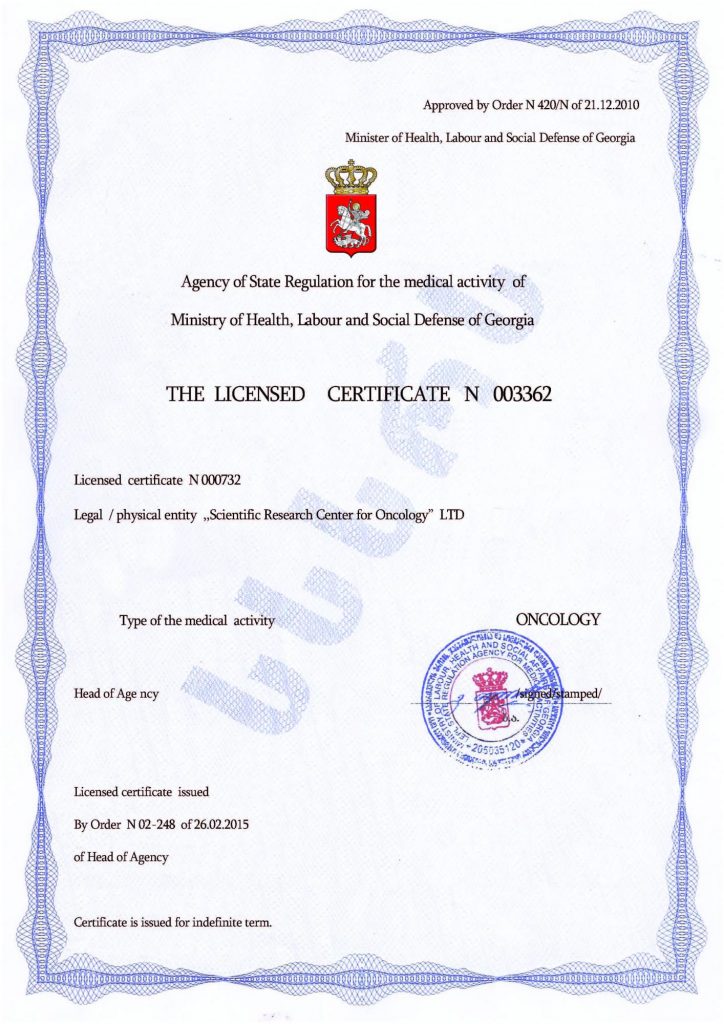How to Organize Activities for a Child with Autism at Home
Autism is a neurological disorder that affects communication and social skills. A child with autism requires an individual approach to effectively interact with the world around them. Structured activities and a daily routine can significantly influence the development of such children, allowing them to unlock their abilities and achieve set goals.
Methods for Home Development of Autistic Children
A comfortable and effective daily routine for an autistic child can be organized in the home environment. Among the methods available to parents are:
- Games for developing communication skills (puppet theater, role-playing games, video lessons)
- Games for recognizing colors, shapes, and sounds
- Drawing, modeling, collage, mosaic, puzzles
- Construction activities (using various building sets)
- Speech therapy exercises and exercises
- Games with musical instruments, etc.
- Activities in the sensory corner
- Reading and book viewing
- Home physical education, activities on a Swedish wall
Effectiveness is ensured by a comprehensive approach and daily adherence to a learning and rest schedule. The more varied the activities, the more interesting they will be for your child. Don’t forget to add new games to your home collection based on the child’s age.
What Is Needed to Start Activities at Home?
- Create a structured space. Set clear boundaries and organization in the child’s room where everything is in its place, which will help them feel secure.
- Independent activities. Give the child the opportunity to engage in solo activities with interesting toys, books, and materials, which will help develop their individual interests.
- Routine and schedule. Gradually introduce a routine, using visual cues such as calendars and clocks to create a predictable atmosphere.
Daily activities at home in a specially equipped space (ideally a sensory room or corner) allow for equally effective results in speech and socialization development and are a mandatory addition to the main therapy.
Autism Therapy in Children Using Stem Cell Transplantation
In many countries around the world, including Georgia, stem cell therapy is used to correct autism symptoms in children. Stem cells are a type of building material for any tissue. Their potential in treating neurological diseases, such as autism, is based on their ability to influence neuroplasticity and improve the functioning of the nervous system.
The types of stem cells commonly used in practice include:
- Mesenchymal stem cells (MSC): These cells can be obtained from various sources, such as umbilical cord blood, bone marrow, or adipose tissue. They have the ability to influence the immune system and improve tissue regeneration, which theoretically may help in treating neurological disorders.
- Neural stem cells: These cells can differentiate into nerve tissue cells and influence the regeneration of neurons, which may help with brain development disorders.
Numerous studies show that stem cells have a positive effect on children with autism. In some cases, improvement manifests as a reduction in symptoms, such as enhanced communication, social skills, and reduced stereotypical behaviors. The Mardaleishvili Medical Center (Georgia) has been performing stem cell transplants for over 10 years and has a rich history of positive results.
Give your child a chance for a fulfilling life with autism—learn more about the procedure.
Autism Treatment Center Videos
Autism treatment with own stem cells
Cord blood association congress
International Quality Crown
Autism Treatment Reviews
Autism treatment with own stem cells
The story of Alessandro (6 years old)
Autism Patient Testimonial - Stem Cell Treatment
Clients Testimonials
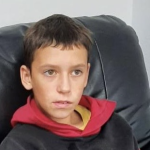
Feedback from Igor, David’s father (12 years old) Read More
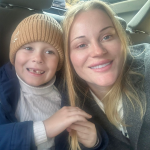
Feedback from Olga, Fedya’s mother Read More
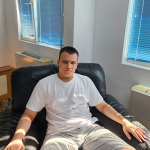
Feedback from Natalia, Radomir’s mother (15 years old) Read More
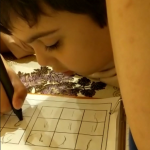
Feedback from Esther, Samuel’s mother (8 years old) Read More
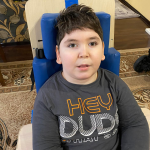
Feedback from Abibe, Selim’s mother (7 years old) Read More









